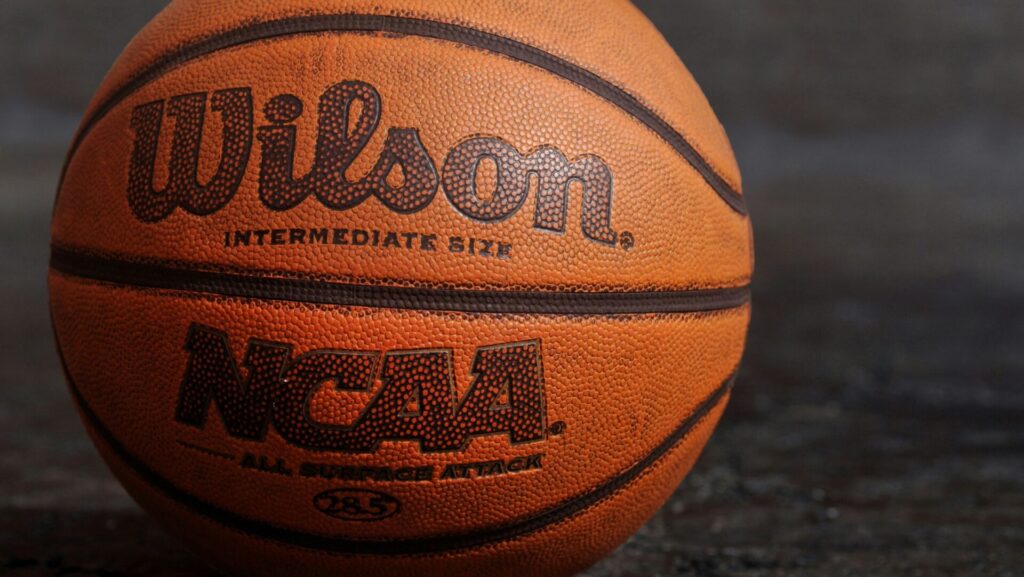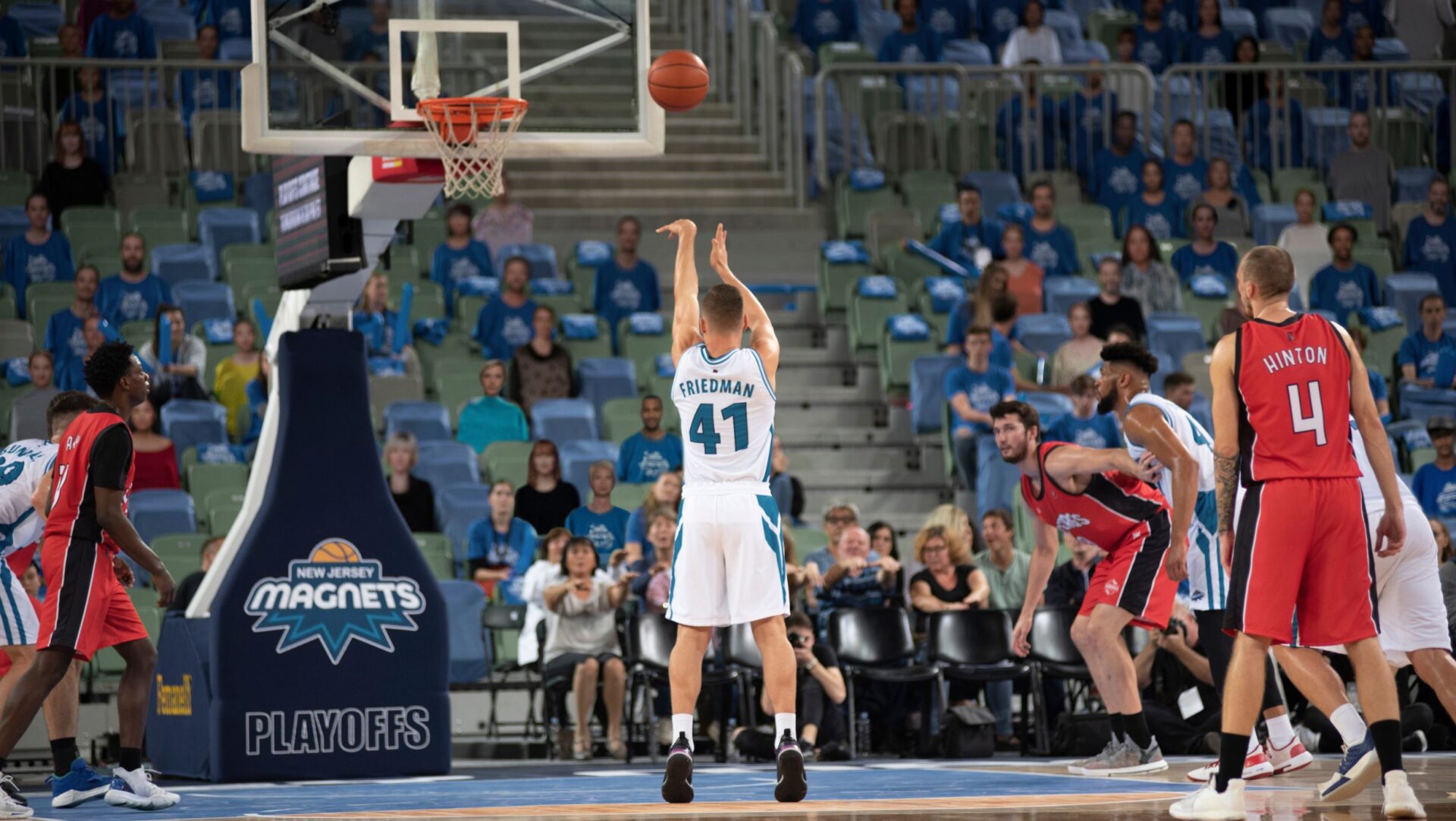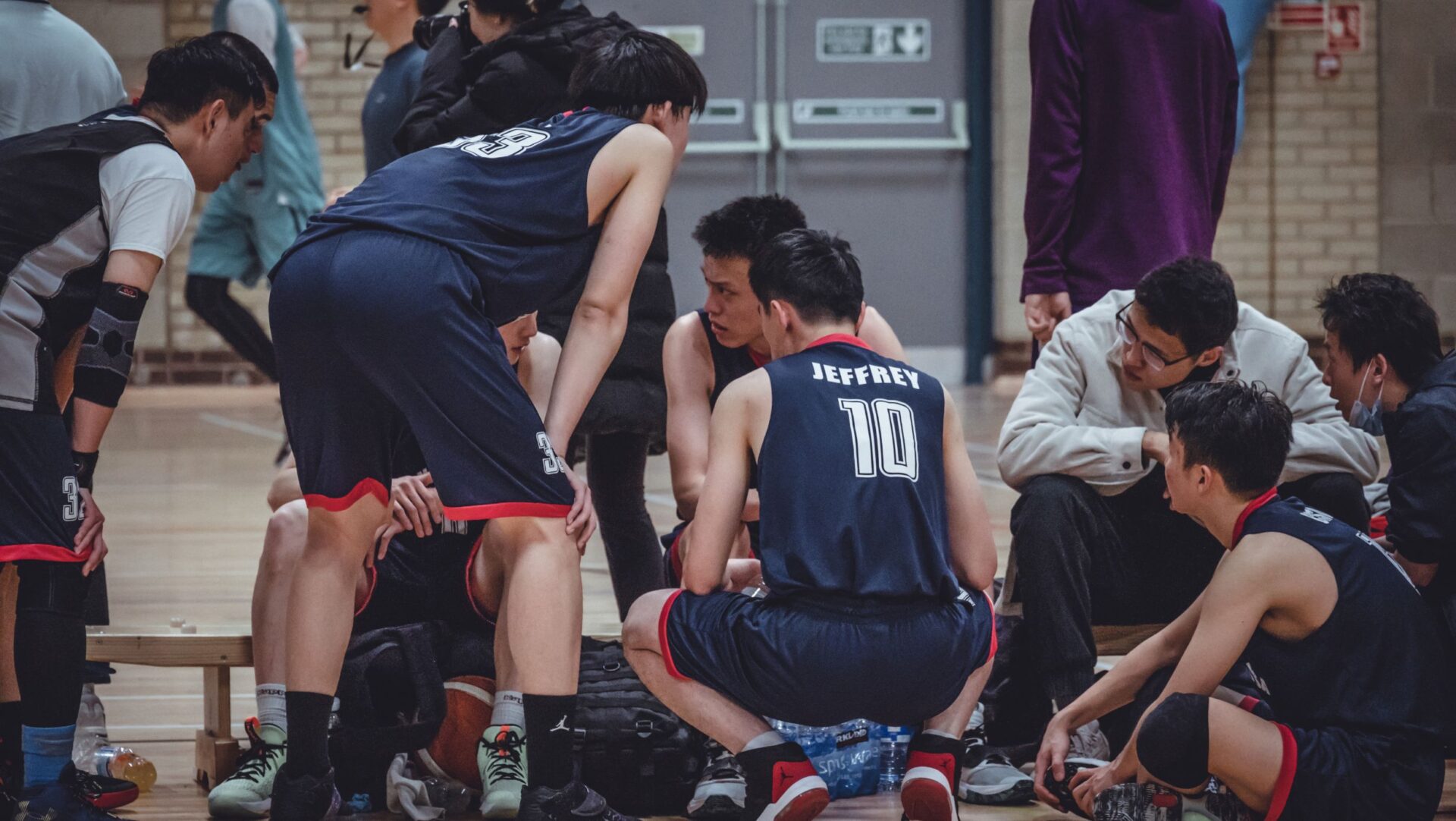
March Madness is a betting frenzy, but full-game wagers aren’t the only way to take advantage of this thrilling time of year. First-half lines offer a unique opportunity for bettors who prefer a quicker payout and a more controlled betting environment. Unlike full-game bets, these focus only on the first 20 minutes, removing late-game unpredictability like free throws, fatigue, and coaching adjustments. By analyzing team tendencies and market inefficiencies, you can capitalize on this betting strategy effectively – and enjoy some of the most exciting betting action you’ve ever experienced.
Why First-Half Betting Works
First-half lines attract less attention than full-game spreads, which means oddsmakers don’t always adjust them with the same precision as other bets that focus on the full time period of the matchup. Making the betting experience even more thrilling is that teams often have distinct first-half performance trends—some start hot and fade, while others build momentum after halftime. By studying these tendencies, bettors can find overlooked edges.
Another key factor is variance. Full-game bets are subject to late-game randomness, such as fouls, garbage-time scoring, or a sudden shift in tempo. First-half wagers minimize these influences, giving sharp bettors a chance to exploit inefficiencies before the break.
Identifying Strong First-Half Teams
Successful first-half betting in March Madness games starts with understanding which teams thrive early. Some teams rely on structured offenses, precise shooting, and disciplined defense to dominate opening halves. Others take time to settle in, struggling in the first 20 minutes before making halftime adjustments.
When analyzing first-half strength, focus on:
- First-half scoring margins – Look at a team’s average first-half performance compared to its opponents.
- Pace of play – Teams with a fast tempo often put up points quickly, making them good targets for first-half overs.
- Shooting efficiency – Strong field-goal percentages early in games indicate offensive consistency.
- Defensive metrics – Some teams apply intense pressure early, forcing turnovers and limiting opponents’ scoring.
Checking season-long stats isn’t enough. Adjust for competition level and recent performance. A team that dominates weak conference opponents in the first half may not perform the same way against stronger March Madness contenders.
Spotting Betting Value in First-Half Lines
March Madness games are unpredictable, but that unpredictability often creates opportunities for sharp bettors. First-half lines don’t always receive the same attention as full-game spreads, meaning there’s potential for mispriced odds. If you bet on March Madness with a focus on early-game trends, you can find value where others might overlook it.
Common inefficiencies include:
- Favorites undervalued in the first half – Some top teams start aggressively and build early leads. If a team consistently covers first-half spreads but struggles late due to fatigue or complacency, backing them early can be profitable.
- Underdogs that start fast – Some lower-seeded teams play fearlessly from the opening tip, knowing they need to set the tone early. These teams may not have the depth to last 40 minutes but can cover first-half lines before fading late.
- Totals set too low or high – If a game features two fast-paced teams, the first-half total might not fully reflect early scoring potential. Conversely, defensive-minded teams may struggle to hit even a modest first-half number.
To maximize value, compare first-half performance trends against the posted lines rather than assuming a perfect correlation with full-game numbers.
Adjusting for Tournament Factors
March Madness is unique because of its single-elimination format, neutral-site games, and unfamiliar matchups. These factors influence first-half outcomes:
- Neutral courts – Some teams struggle early due to shooting adjustments in larger arenas, leading to slow starts. Others are unaffected and perform at their usual first-half efficiency.
- Travel fatigue – Quick turnarounds and cross-country trips impact energy levels, sometimes leading to sluggish first halves.
- Coaching styles – Some coaches emphasize aggressive starts, while others rely on halftime adjustments. Understanding coaching tendencies helps predict early-game strategies.
Beyond statistical analysis, staying updated with the latest March Madness news is crucial for spotting trends that could impact first-half betting. A sudden injury to a key starter, reports of travel delays, or even unexpected lineup changes can influence how a team performs in the opening minutes. Tracking these developments gives you an edge, especially when sportsbooks have yet to adjust first-half lines accordingly.
Tracking previous tournament performances can also offer insight. Teams that consistently start well in March Madness often continue that trend, while those that rely on second-half comebacks may be weaker first-half bets.
Managing Risk with First-Half Bets
Like any betting strategy, first-half wagering requires disciplined bankroll management. The limited timeframe in NCAAB March Madness games makes these bets appealing, but short-term variance can be high.
To mitigate risk:
- Limit exposure – Avoid betting too heavily on a single first-half outcome, as variance is unpredictable.
- Line shop – Different sportsbooks may offer slight variations in first-half lines. Finding the best number improves long-term profitability.
- Stick to data-driven decisions – Trends and statistics matter more than gut feeling. Avoid placing bets based on reputation alone.
The Early Bird Advantage
First-half betting in March Madness offers a unique edge for those willing to analyze team tendencies and market inefficiencies. By focusing on early-game performance trends, identifying mispriced lines, and accounting for tournament-specific factors, you can find profitable opportunities. With disciplined bankroll management and a data-driven approach, first-half wagers provide a strategic alternative to traditional full-game betting.














